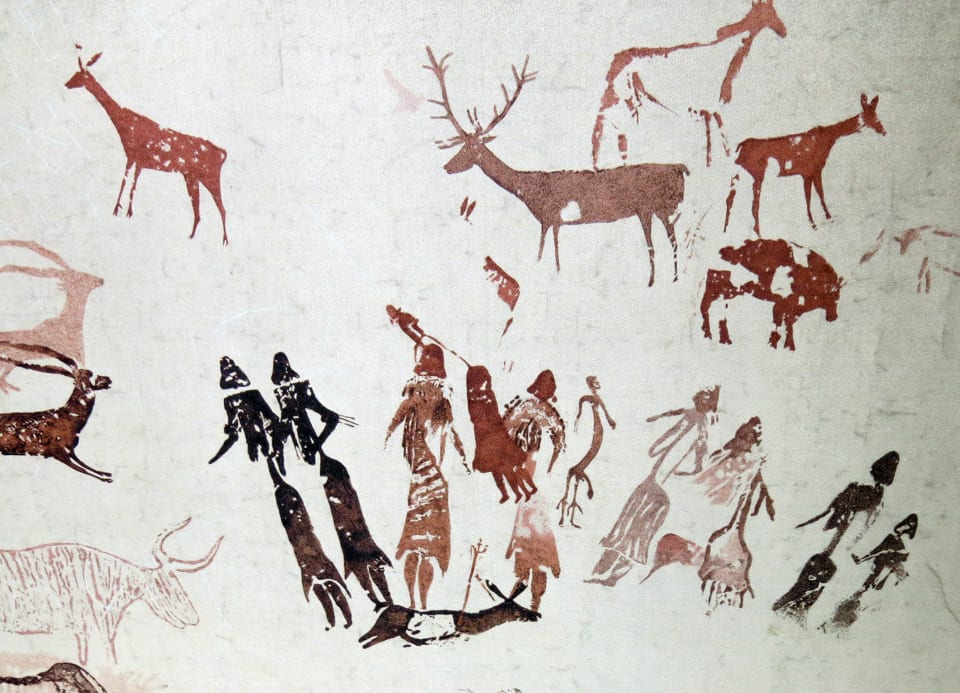Not the same, but easily confused
There are always rumblings in both the User Experience community and the marketing world about whether or not personas “work.” That’s a bit like asking if a hammer “works.” It works if you need a hammer. It’s a lot less effective if you need a scalpel.
“Personas are so misunderstood. They’re not that hard, but the problem is they’ve been misinterpreted by people with bullhorns.” – Alan Cooper, the generally accepted originator of user personas
Personas originated as a design tool, not a marketing-specific tool, though even in earlier days personas certainly had some marketing applications. Over the years, people have come to develop marketing personas that are different in nature and utility from user personas. All to the good.
Things fall apart when marketing practitioners expect more from personas than they can give. Like any tool, personas live on a good practitioner’s workbench adjacent to an array of other useful tools. On its own, you won’t derive the full rainbow of market segments or personalization dimensions from a persona; it’s not possible. Personas represent individual archetypal users, not a matrix of segmentation differentiators.
Cooper gives a great example of the difference between these facets when he talks about users vs. demographics for LL Bean hip waders. He says you could go to the river and find a middle-aged man who works in a Boeing factory with his hands for about $45,000 a year, fly-fishing in the waders, using his $600 bamboo rod and happy as a clam. You could go a hundred yards up the river and find the CEO of Boeing doing the exact same thing in the exact same waders, just as happy.
Marketing would treat these two individuals very differently. Different demographics, different psychographics, different buying habits and zip codes. Design, however, rightly treats these two individuals identically. They have the same product-specific goal: they want to comfortably fly-fish.
A single persona cannot support the needs of both of these departments. Add in today’s complicating factors of deep personalization, lifespan CRM, and omnichannel marketing requirements, and you’d need an army of archetypes – far more than would ever be manageable – to reflect all possible dimensions from a marketing perspective. But that’s okay, because that’s not what they’re for.
“Design is not something that comes from your head. Design is something that solves a real problem in the real world.” – Alan Cooper
So, what can personas do?
A good set of user personas, developed by skilled practitioners and based on real-world insights and research (not just made up in your head), serves as both a functional tool – by giving the team a sturdy and well-defined framework by which to develop, test, and measure their work – and as a communication tool. This latter aspect is oft-overlooked. A good persona helps ground the entire team – not just the designers – squarely in the user’s point of view. It supports the development of other tools, such as scenarios, end states, and Jobs to be Done mechanisms*, that allow communication with developers and QA. The persona becomes the decision-making structure by which functionality, usability, and communication choices are made.
And, perhaps most importantly, they are a narrative device. A persona becomes a character in the story of a product or service.
Even these user personas can help to inform a set of marketing personas. That narrative helps to highlight the dimensions of personalization and segmentation.
Marketing personas, on the other hand, focus on customer acquisition, not user behavior. There is overlap between the two types of personas, but the key difference is that while user personas focus on goals, marketing personas focus on data dimensions: marketing folks need to understand buying behavior, demographics, motivations, and distribution channels. It can be helpful to use marketing personas to illustrate key market segments, but after a handful you’ll quickly reach a point of diminishing returns.
Done right, you have a select few user personas that guide and provide structure for the design and ongoing improvement of your product or service. Those user personas can then support the development of demographic-based marketing personas, if you choose to develop them, or they can be expanded out into market maps and touchpoint maps* that represent a richer variable set than a single customer journey can encompass.
Feature photo credit: Joel Cooper

